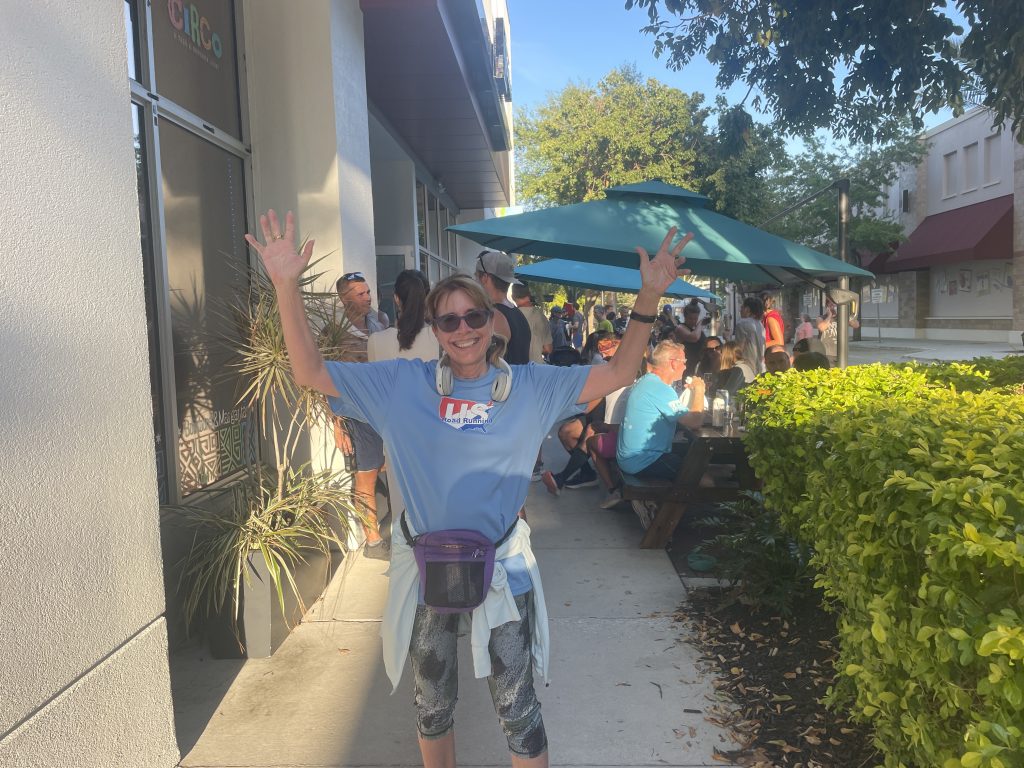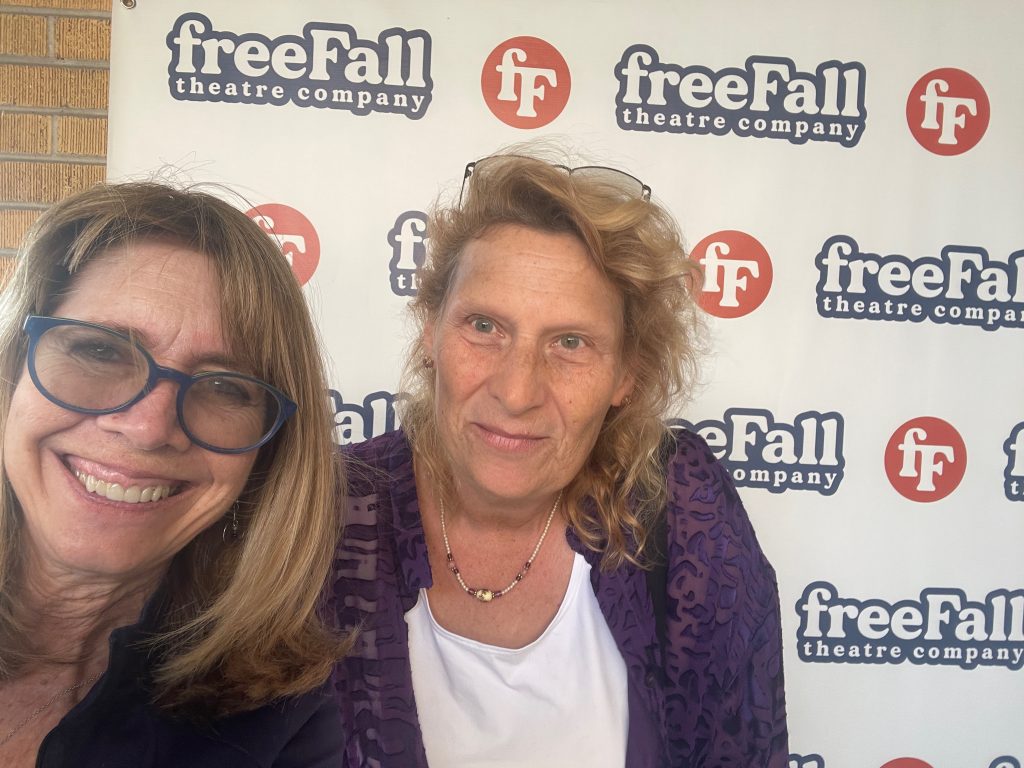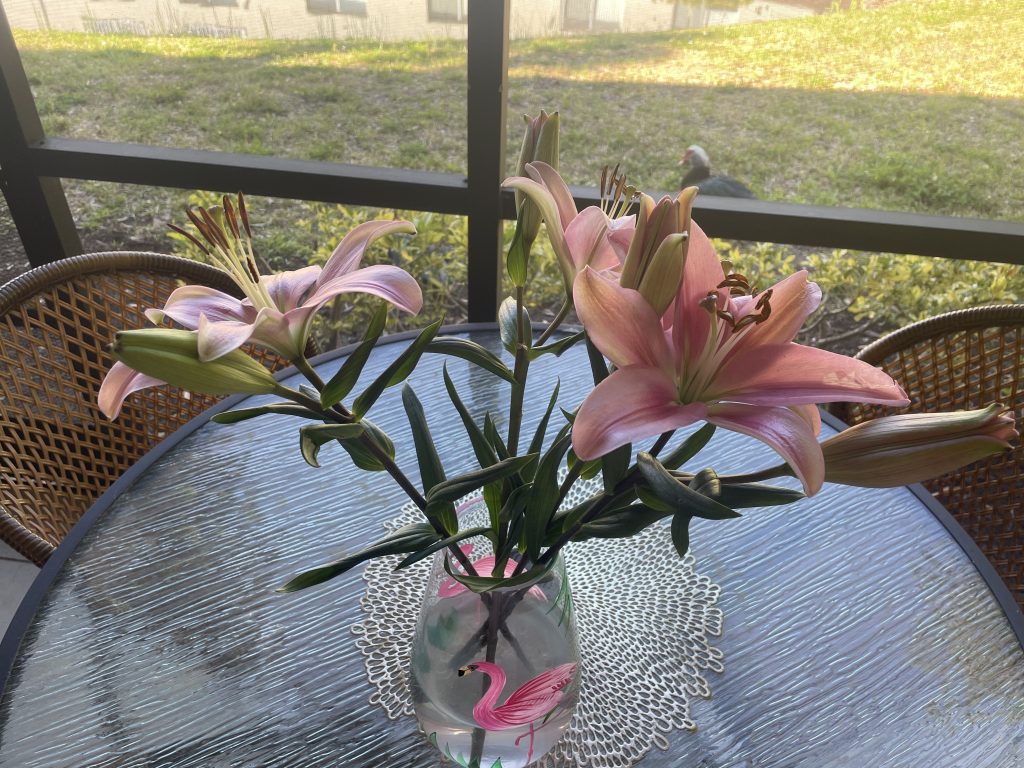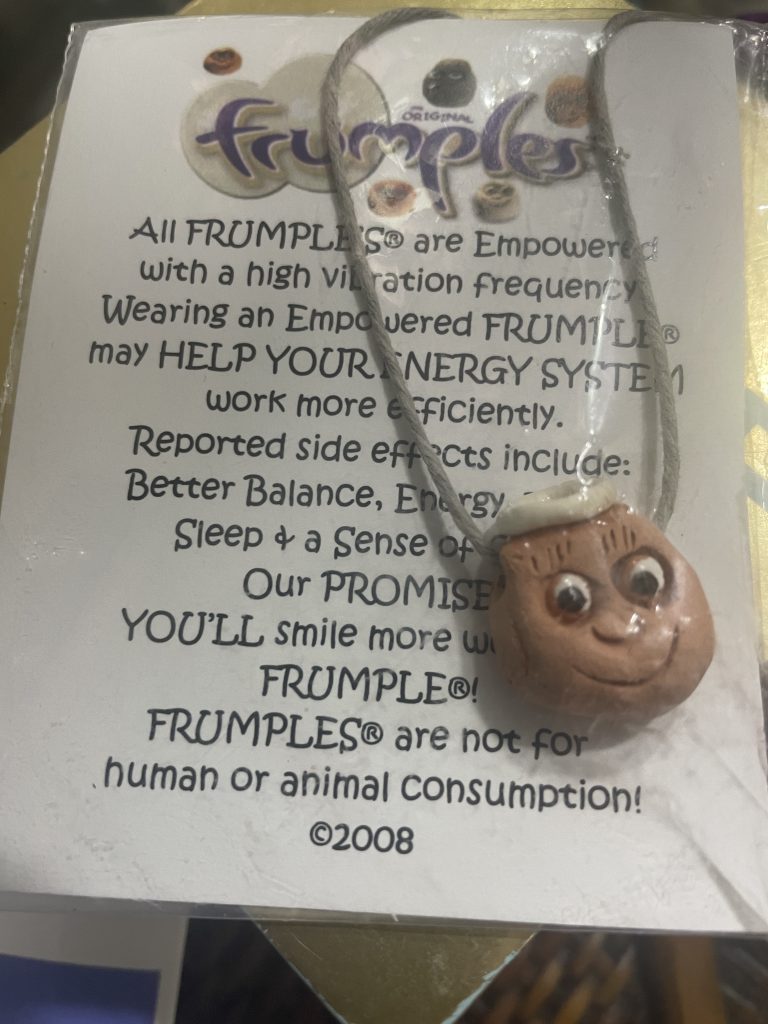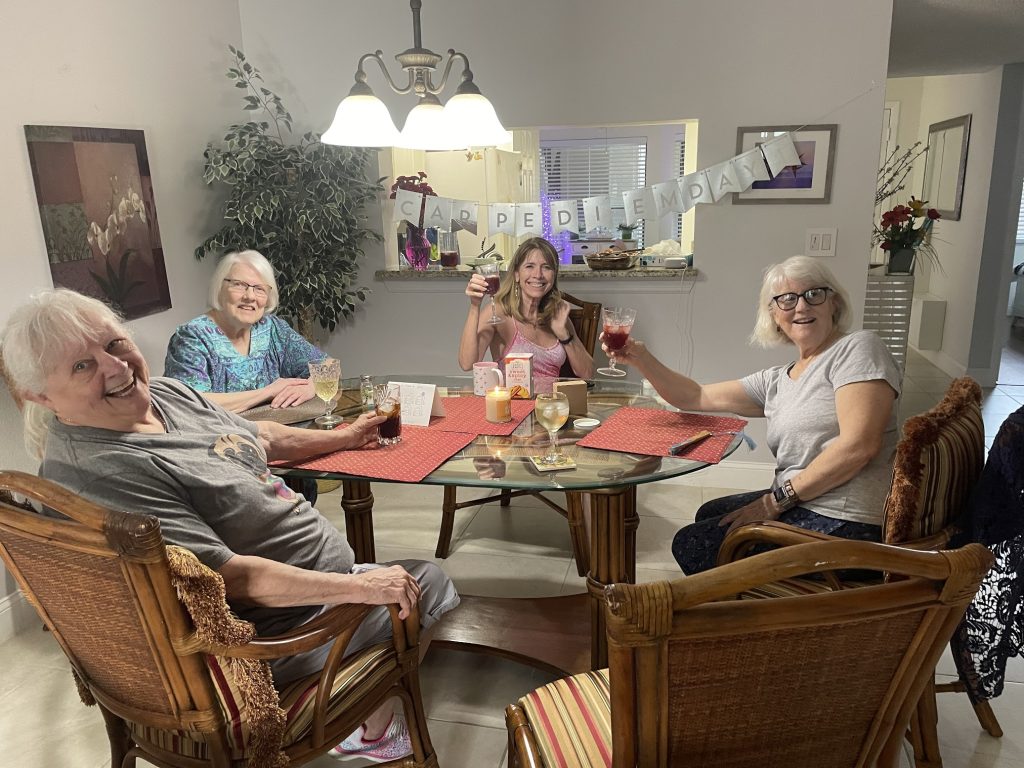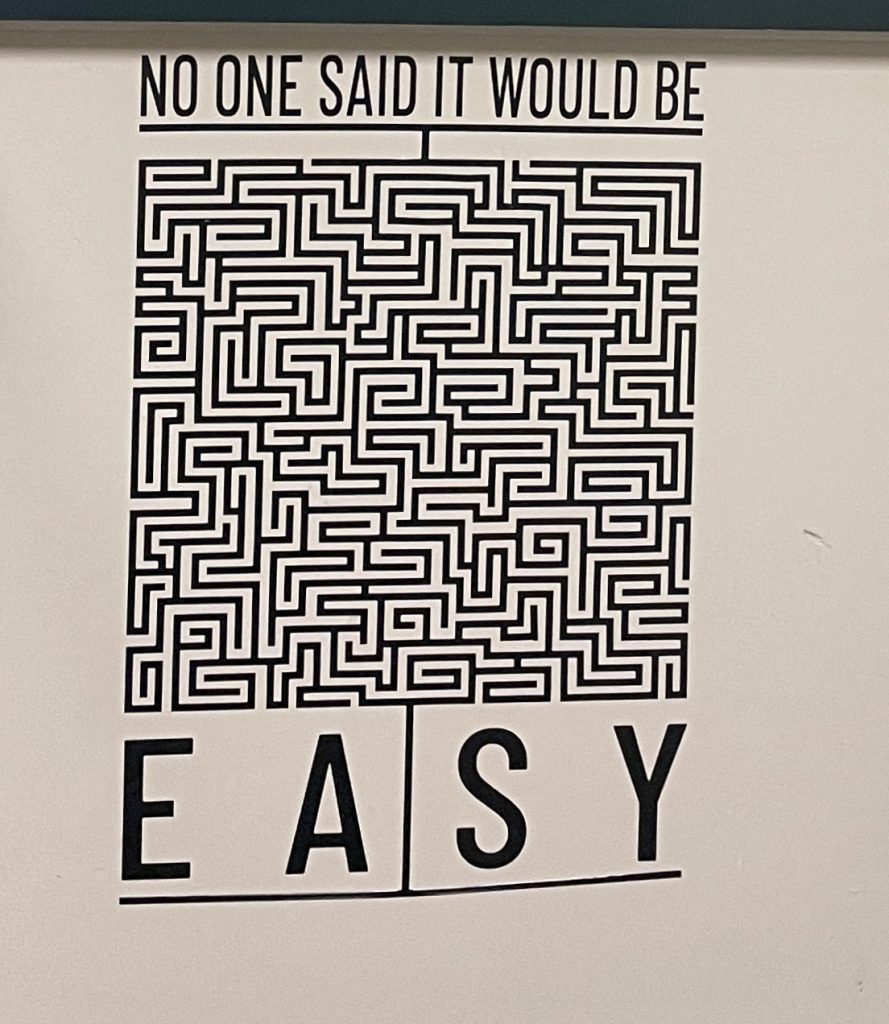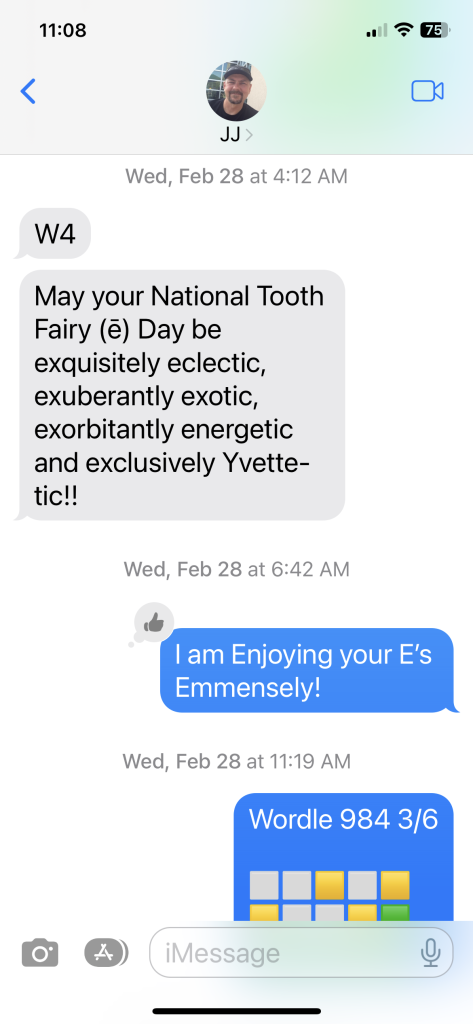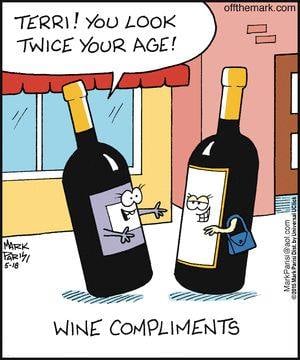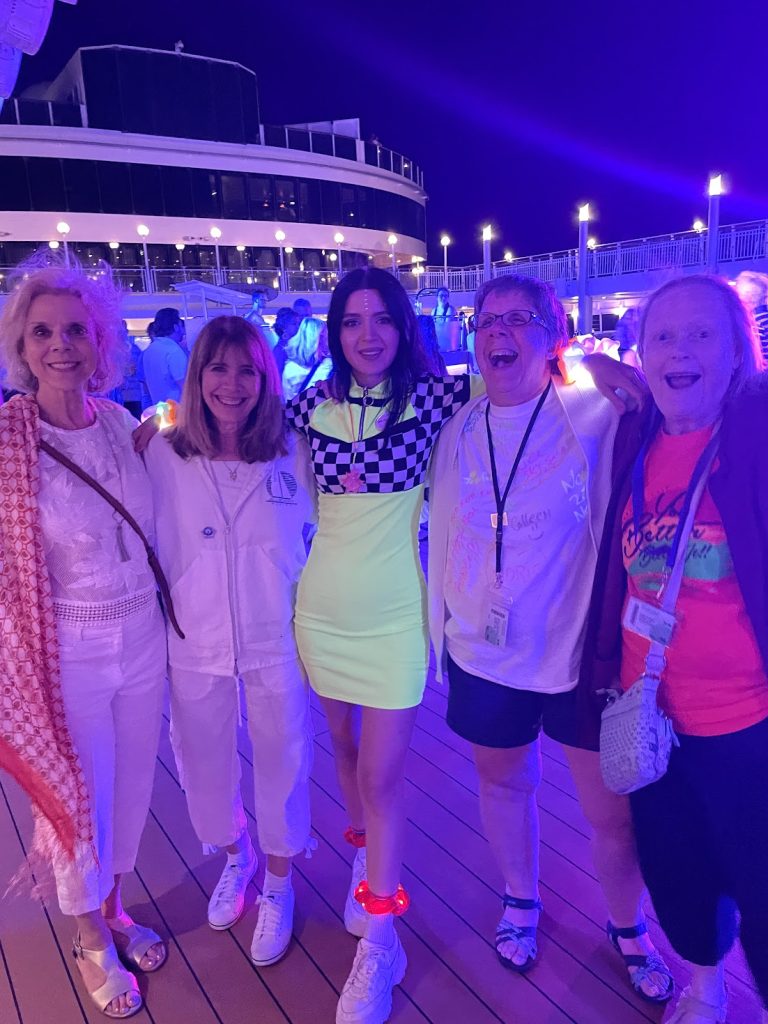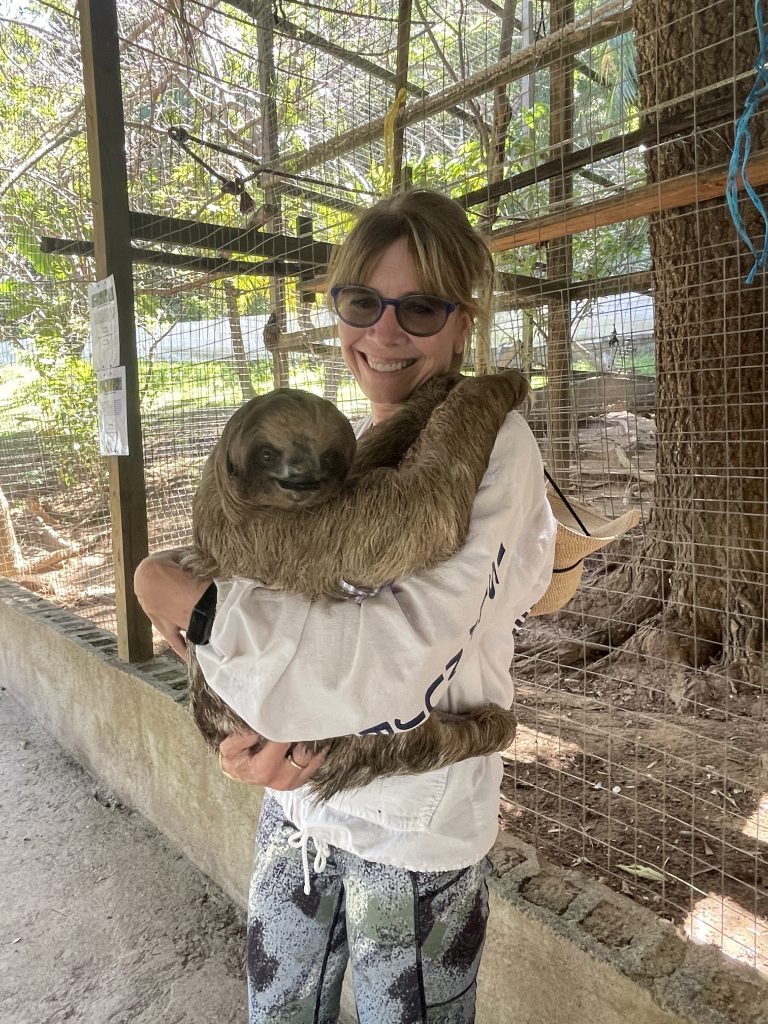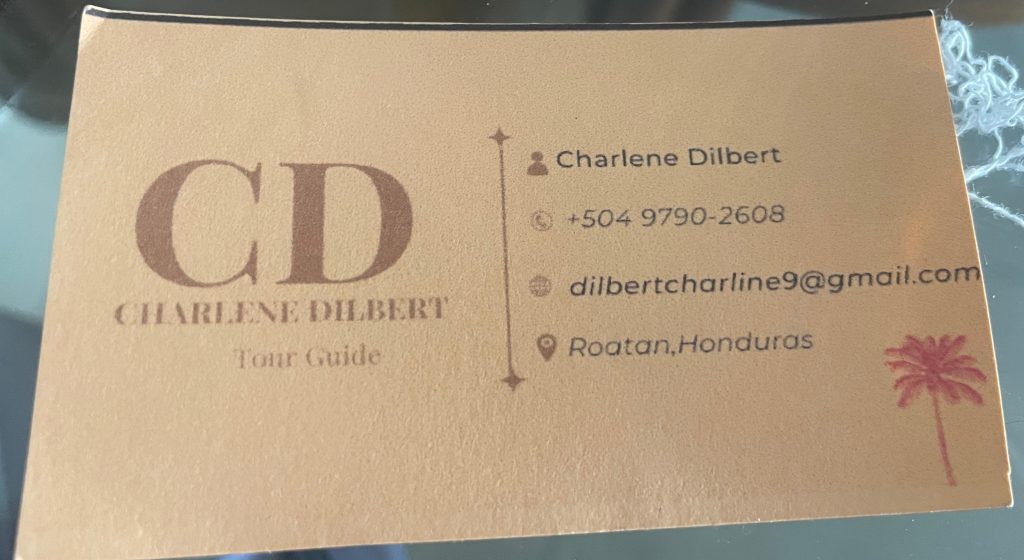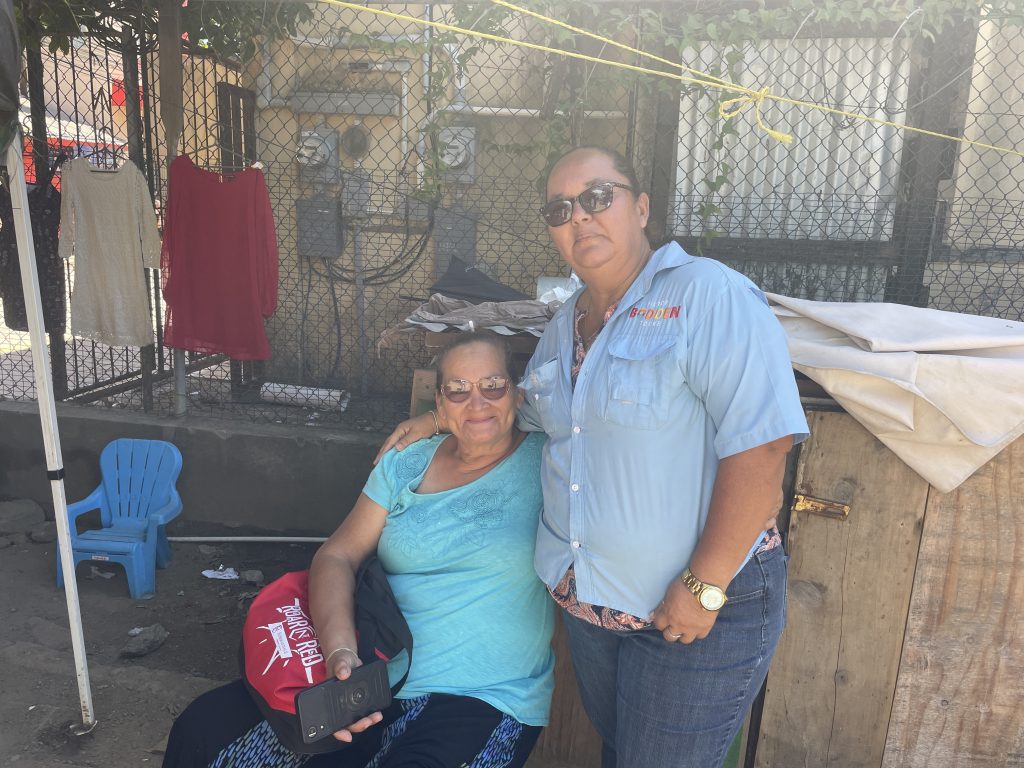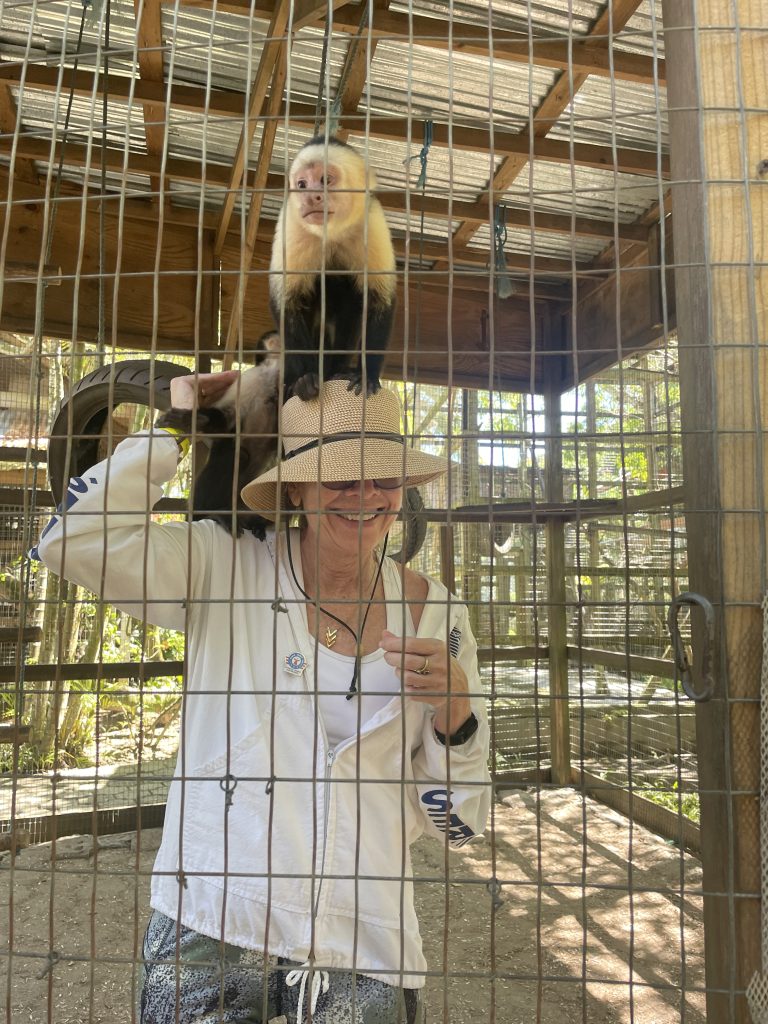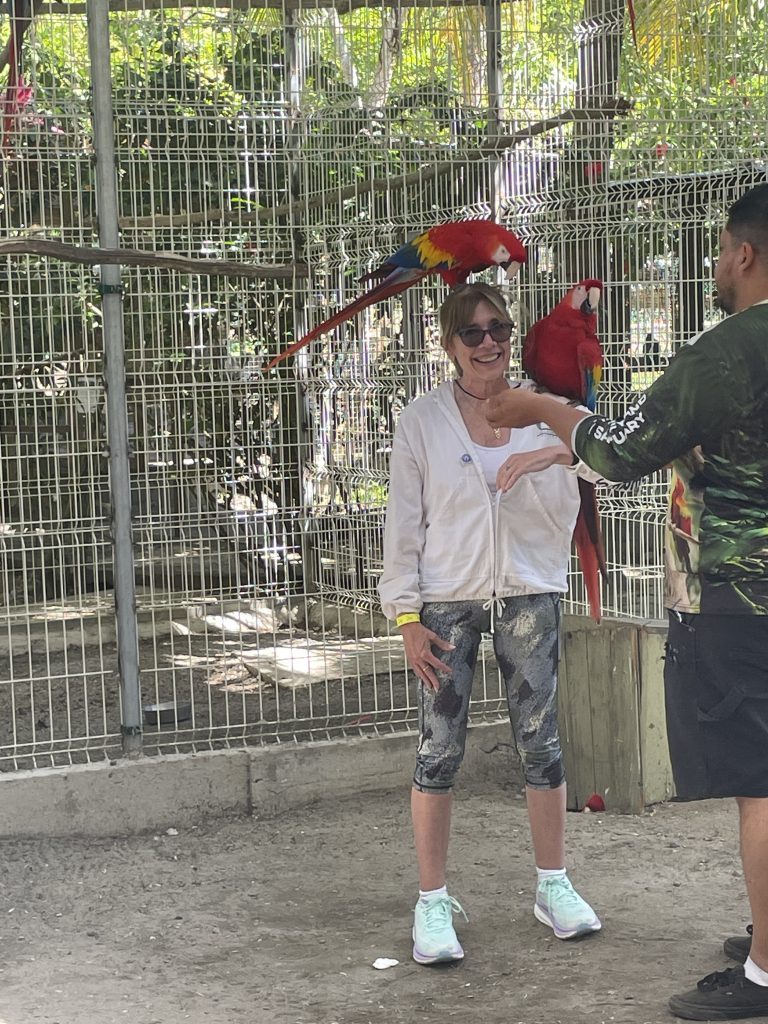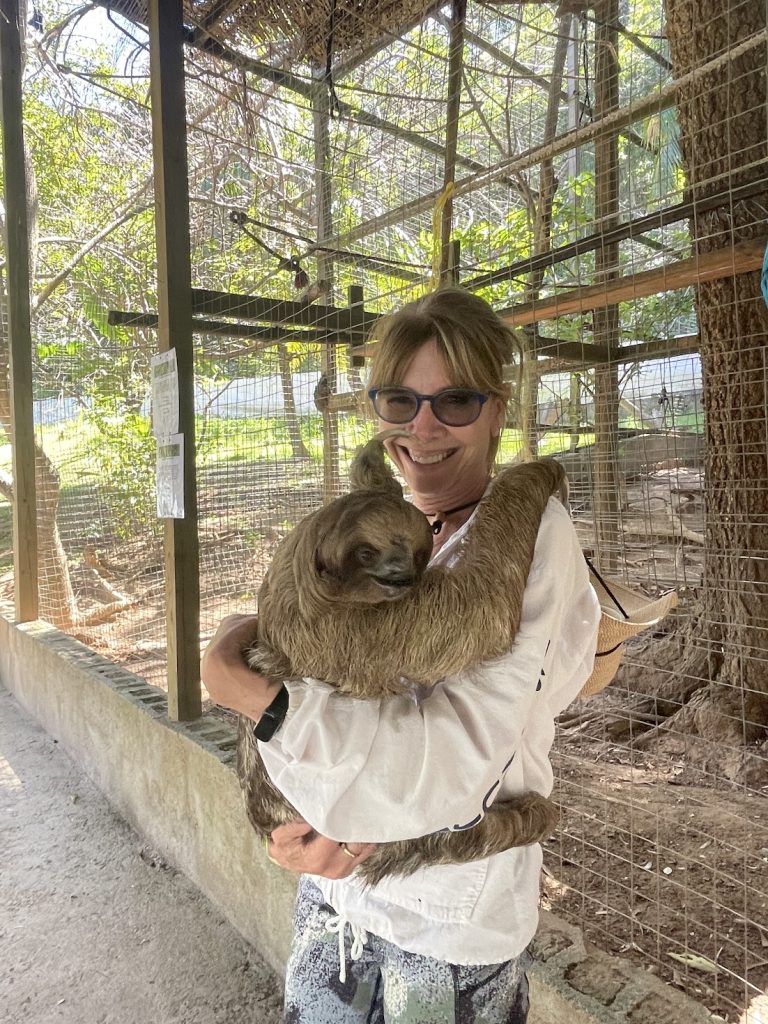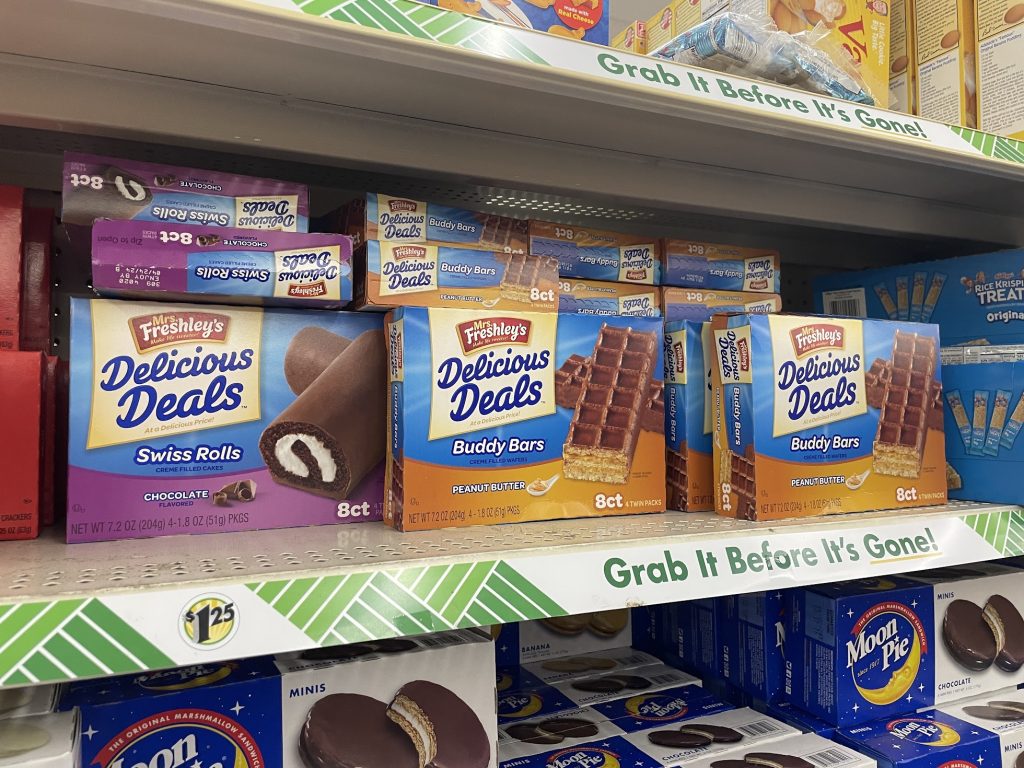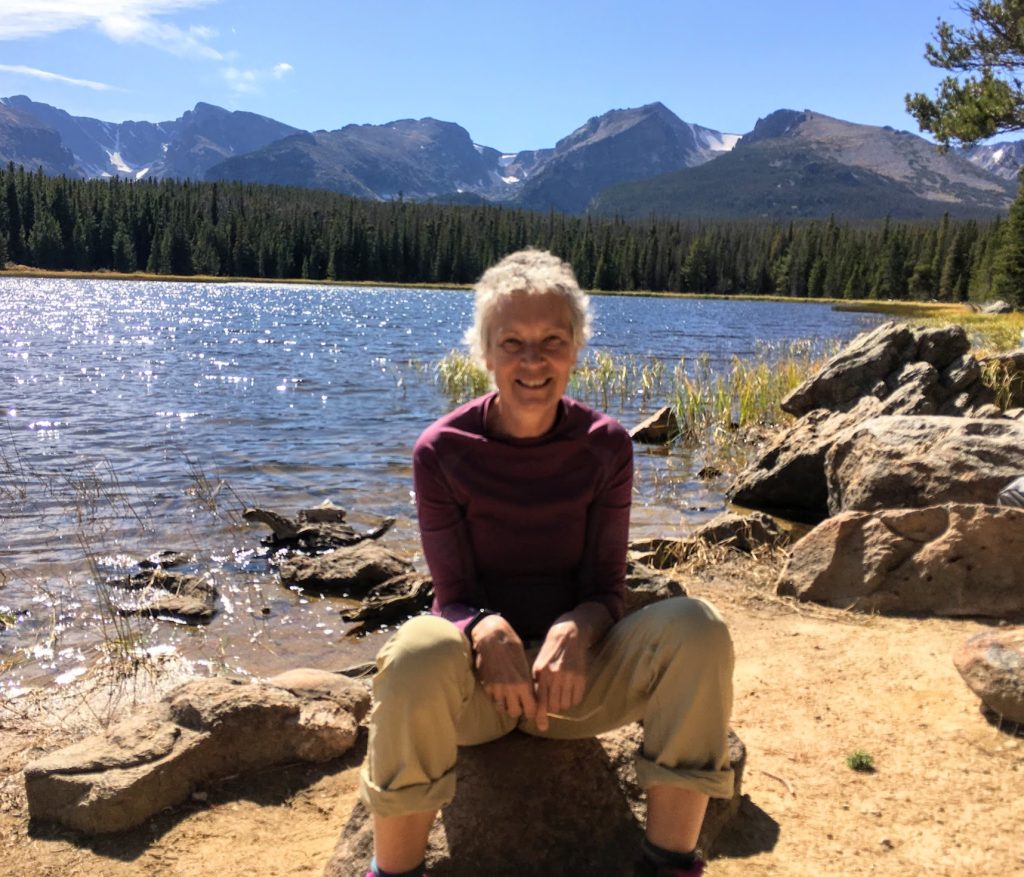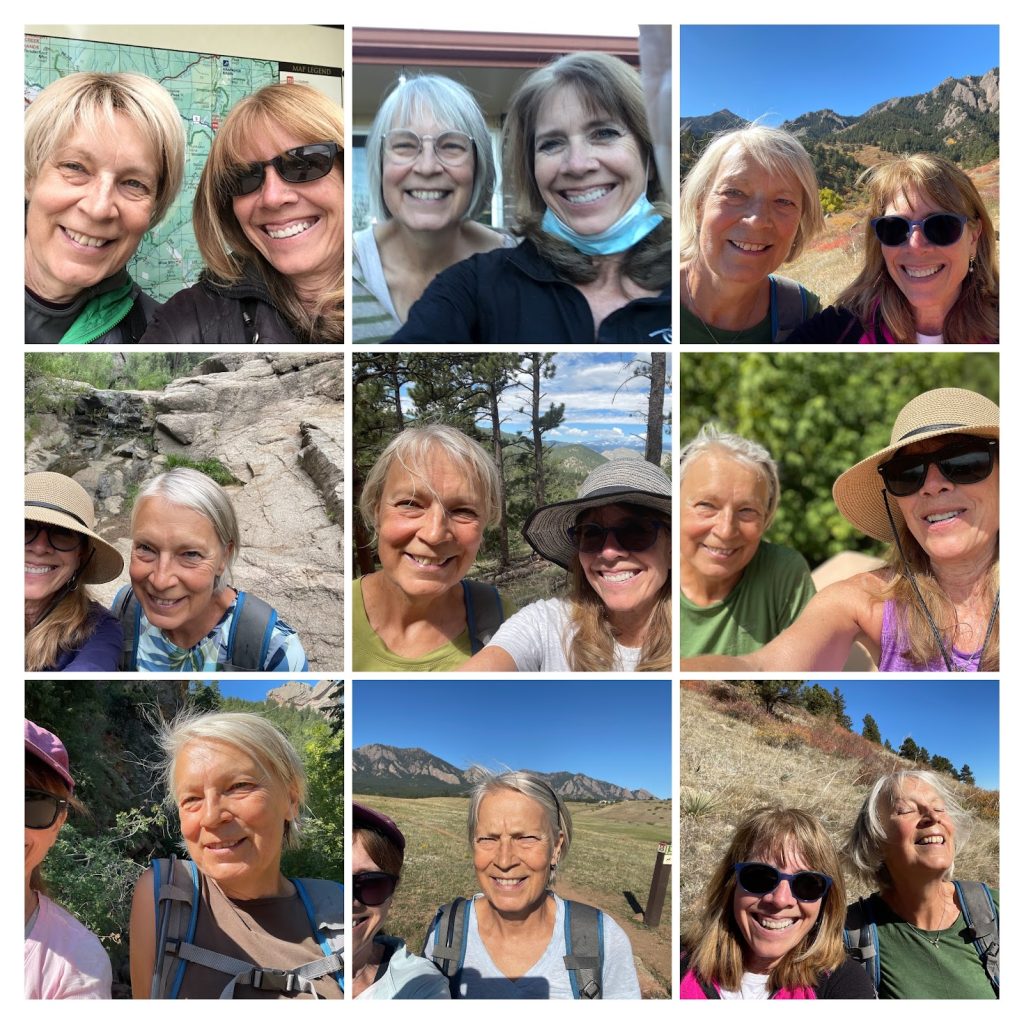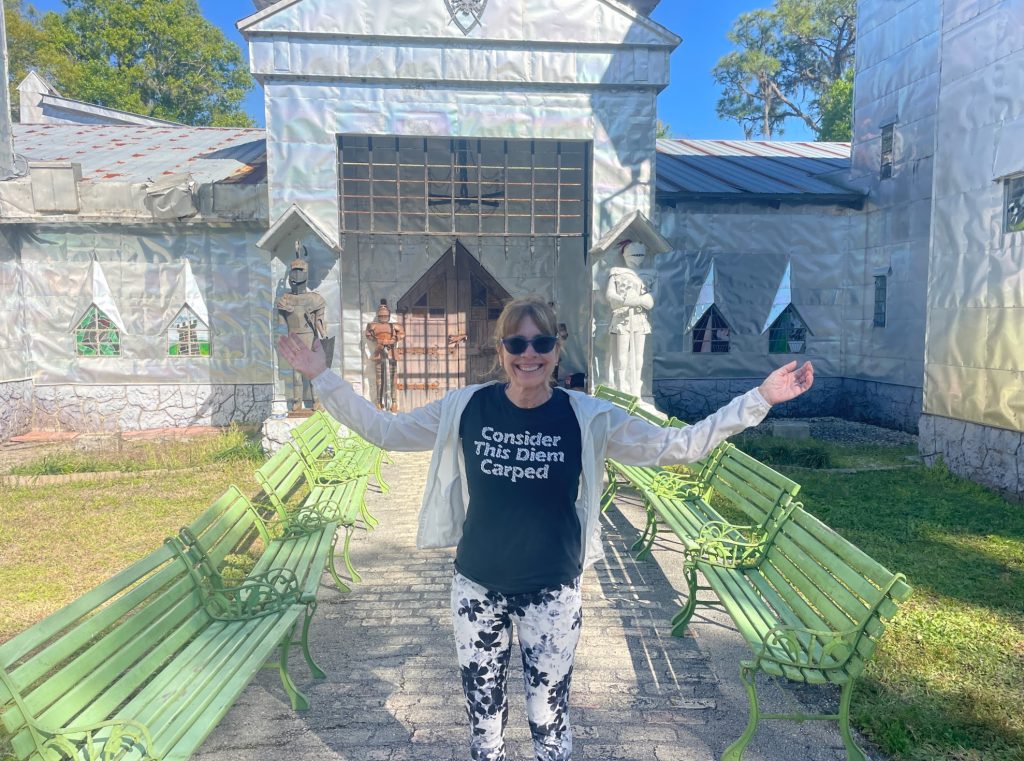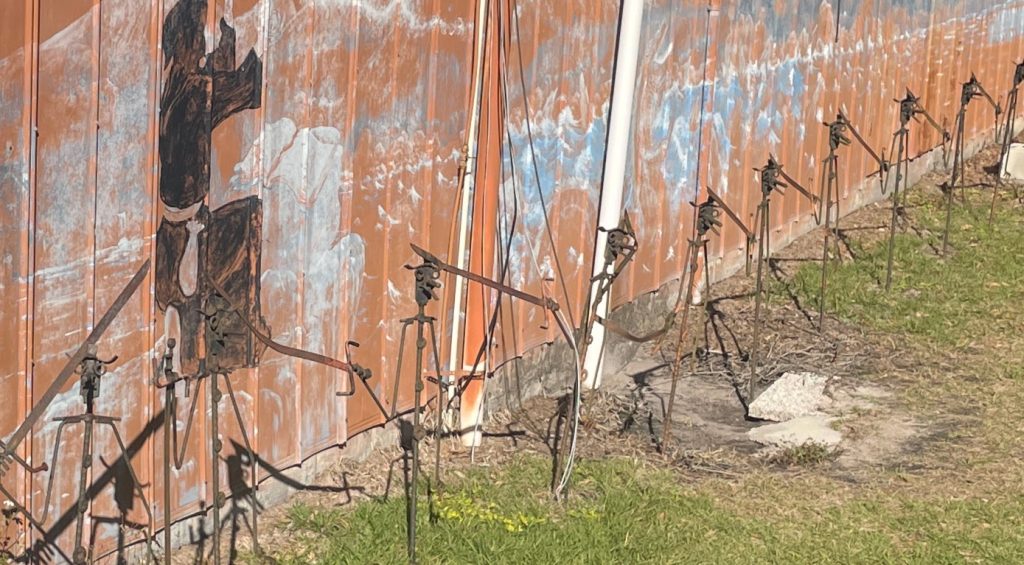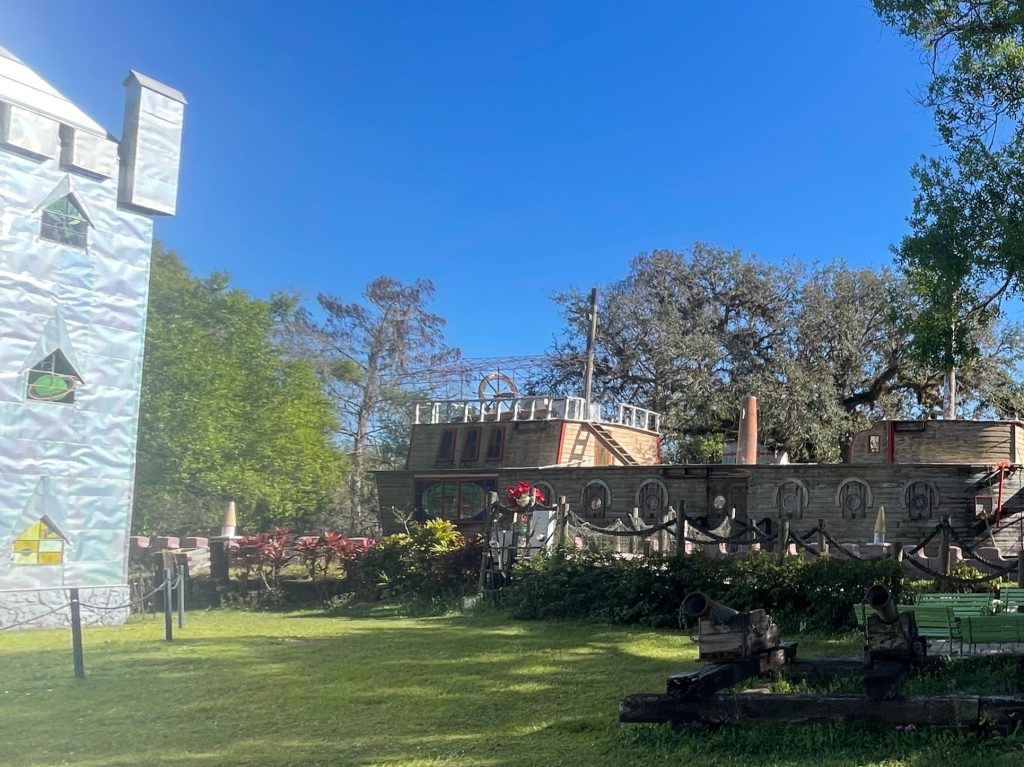A week or so ago, my daughter-in-law forwarded me this article about a Happiness Hack initiative sponsored by Visit Finland.
Being the Happiness expert that I am, I’d heard that Finland had won the #1 Happiest Country award for the 7th year straight. However, I hadn’t been aware that they were giving away a free trip to Helsinki for 5 lucky winners!
The challenge was to create a video describing a Happiness Hack and why we should be selected.
Happiness Hacks
I was very confident about the Happiness Hack portion of this challenge. Ever since 2010, Craig’s final year, I’ve been studying happiness! I’ve created more content about Happiness than any other topic, including a series of videos asking people what makes them happy.
Visit Finland: Find Your Inner Finn
But why should they select me to go to Finland? What could I learn by visiting Finland myself? What could I pass on to others? I decided I needed to find out more about how Finland was winning this #1 rating in Happiness year after year.
I found Visit Finland’s 2023 Happiness Masterclass: Find Your Inner Finn. This series of 5 videos is available to everyone for free. It describes the unique aspects of the Finland that sets the country and culture apart. (By the way, I added the link for Find Your Inner Finn to the CarpeDiemDay.com Landing Page.)
Each of the 5 videos in the Masterclass were Finnspirational, doing a deeper dive into Finland’s culture, environment, and traditions. The class that I was most interested in was the third in the series about Health and Balance.
The Finnish concept of Sisu

The third class in Visit Finland’s Happiness Masterclass was titled, “Fluxing with April Rinne.” April talked about the importance of trust, embracing change, and living with uncertainty. As an Agile coach, these are all concepts I’ve taught myself. When I went to connect with April in LinkedIn, I saw that, in fact, we have many shared connections in the Agile Leadership space.
However, the Finnish concept of Sisu was new to me. April described this as “the art of inner strength.” I did more digging on Sisu and learned what an important part it plays in Finnish culture.
It sounds like the closest translation in English is resilience. Here is a video interview I did with Nic Friedman about resilience in Season 3 of my Carpe Diem Connections podcast.
This concept of Sisu or resilience is so meaningful to me and so difficult to describe. When I think about it, I’m usually on the verge of crying… not out of sympathy, but out of admiration. Showing such amazing strength in the face of adversity is a heroic trait.
Finland’s Recent Tragedy
I spent the weekend falling in love with Finland. Last night I submitted my Helsinki Happiness Hacks video on TikTok. Though I know getting selected is a huge long shot, I learned a lot, so I have loved this challenge.
Then this morning, in my daily CNN newsletter I read about the school shooting that happened in Helsinki yesterday.
I felt a wave of shock, sadness, and grief. Even the world’s Happiest Country is hit with unfathomable sadness. Of course, any loss of life is tragic, but I can think of nothing sadder than an innocent child being killed in a school shooting.
In the midst of our happiness, we’ll experience hardships, tragedies, and challenges. I have faith that Finland, thanks to sisu, will remain strong through this and other hardships. They will remain a leader in World Happiness. They will help the rest of us to “Find our Inner Finn.”
Thank you, Visit Finland, for sponsoring this initiative. Thank you for all you’re doing to spread happiness throughout the world.
Walt Disney Company
The flower that blooms in adversity is the rarest and most beautiful of all.


